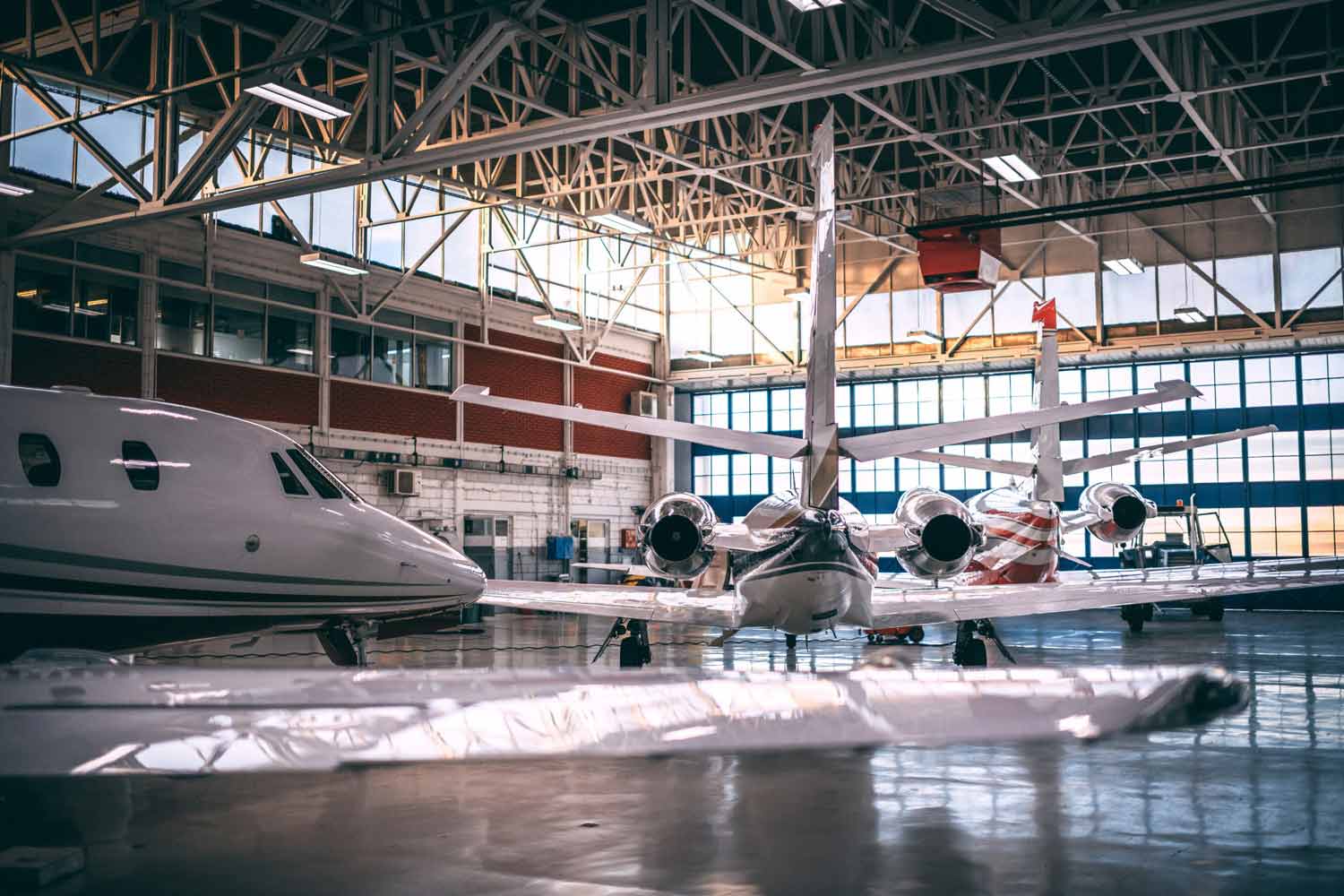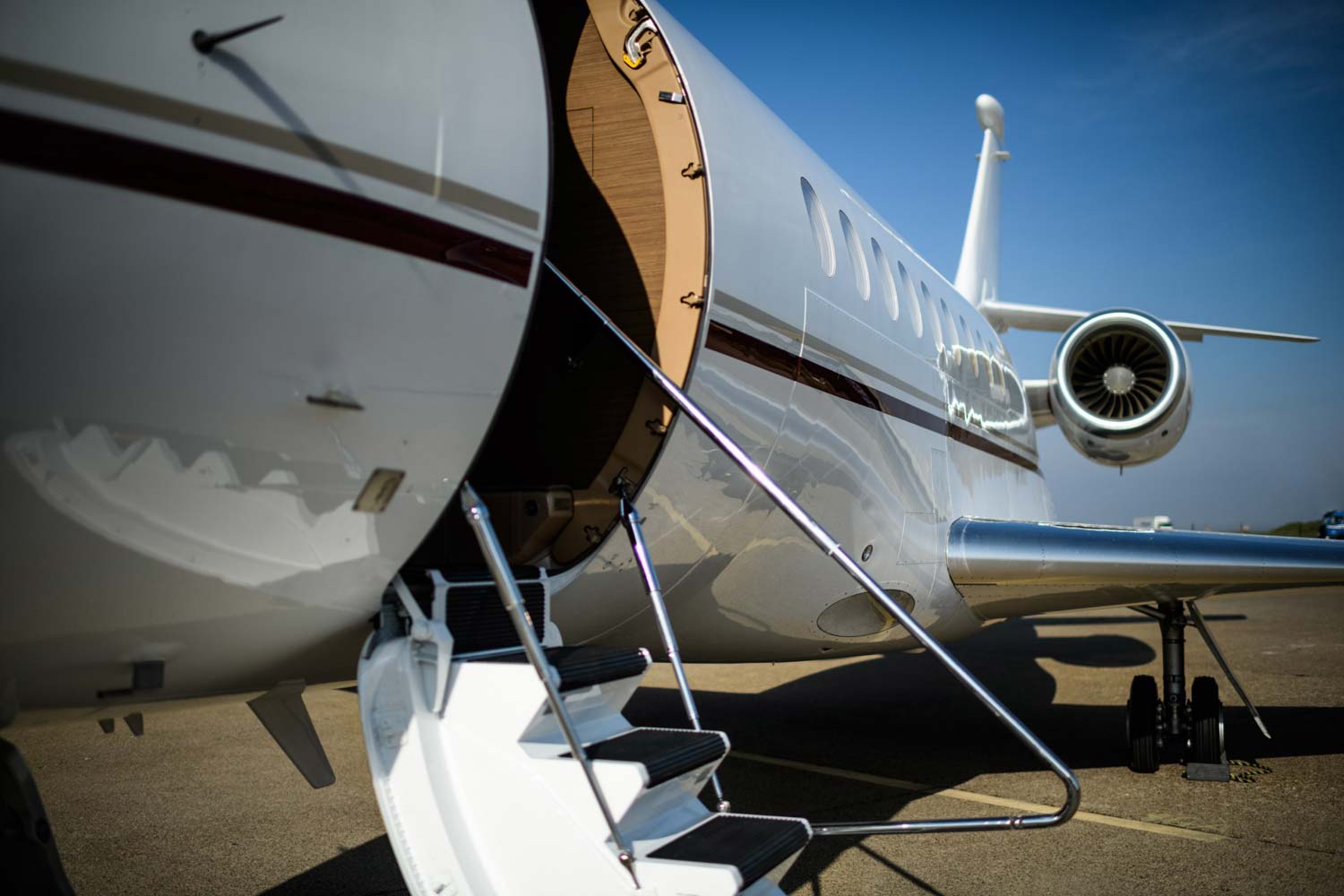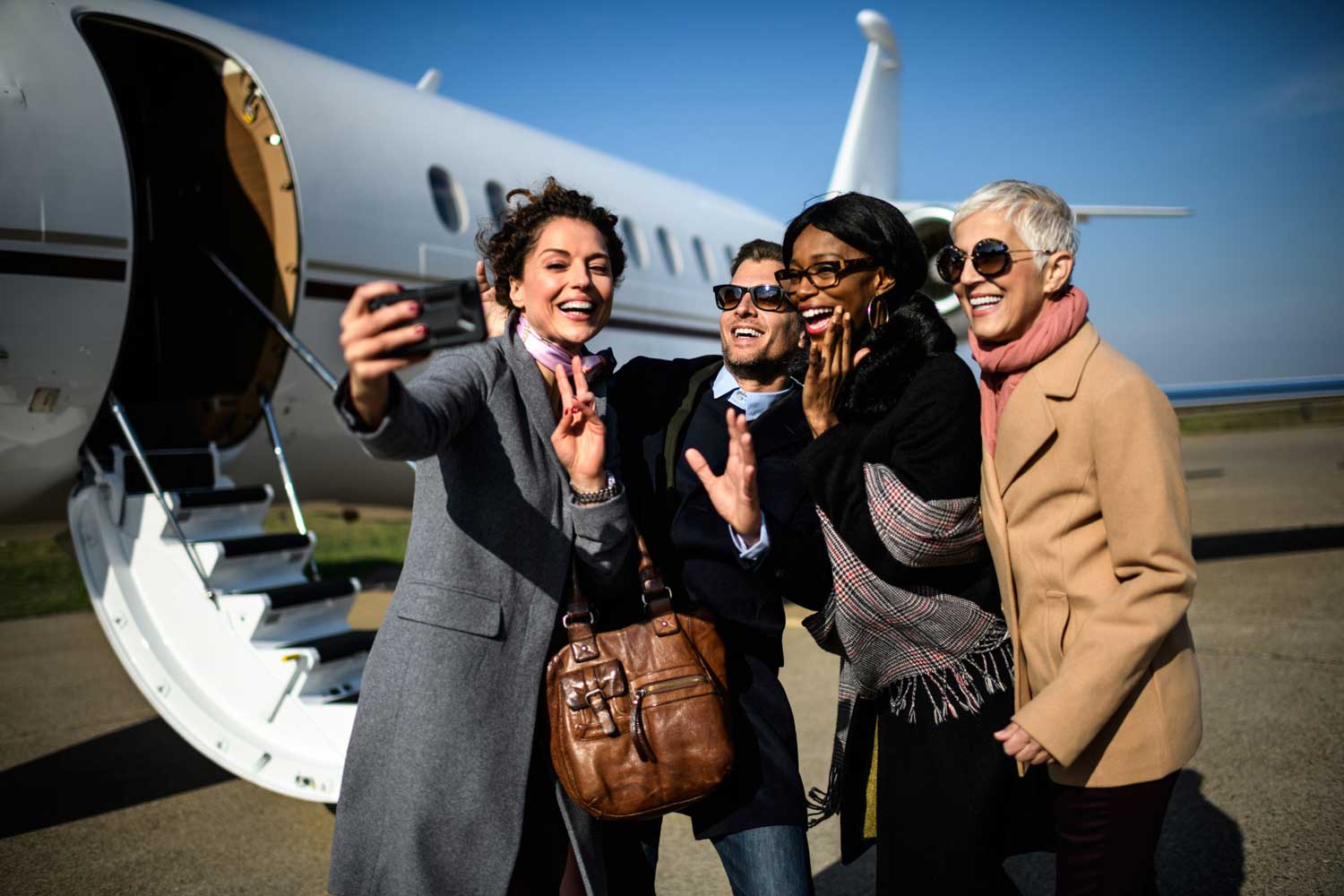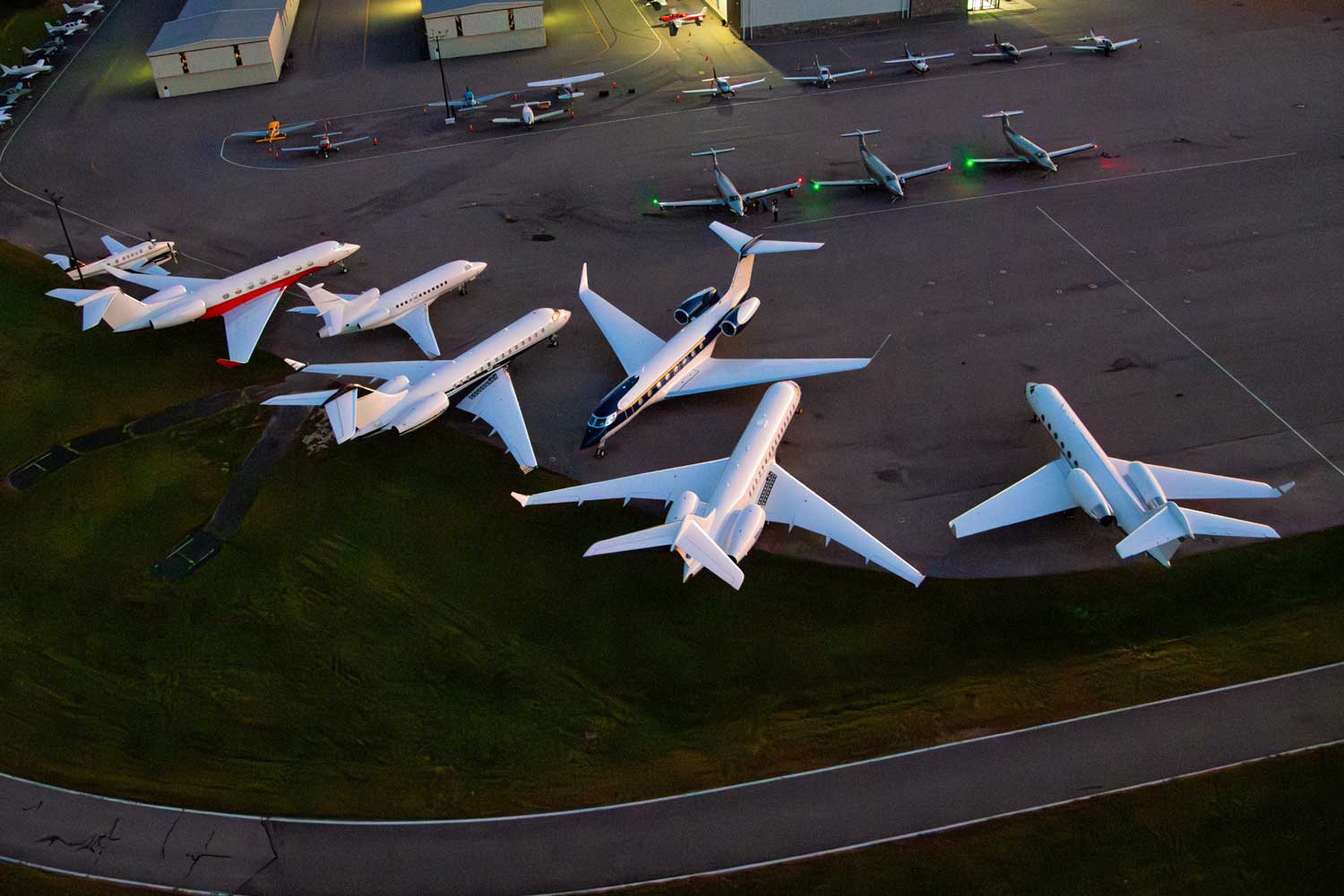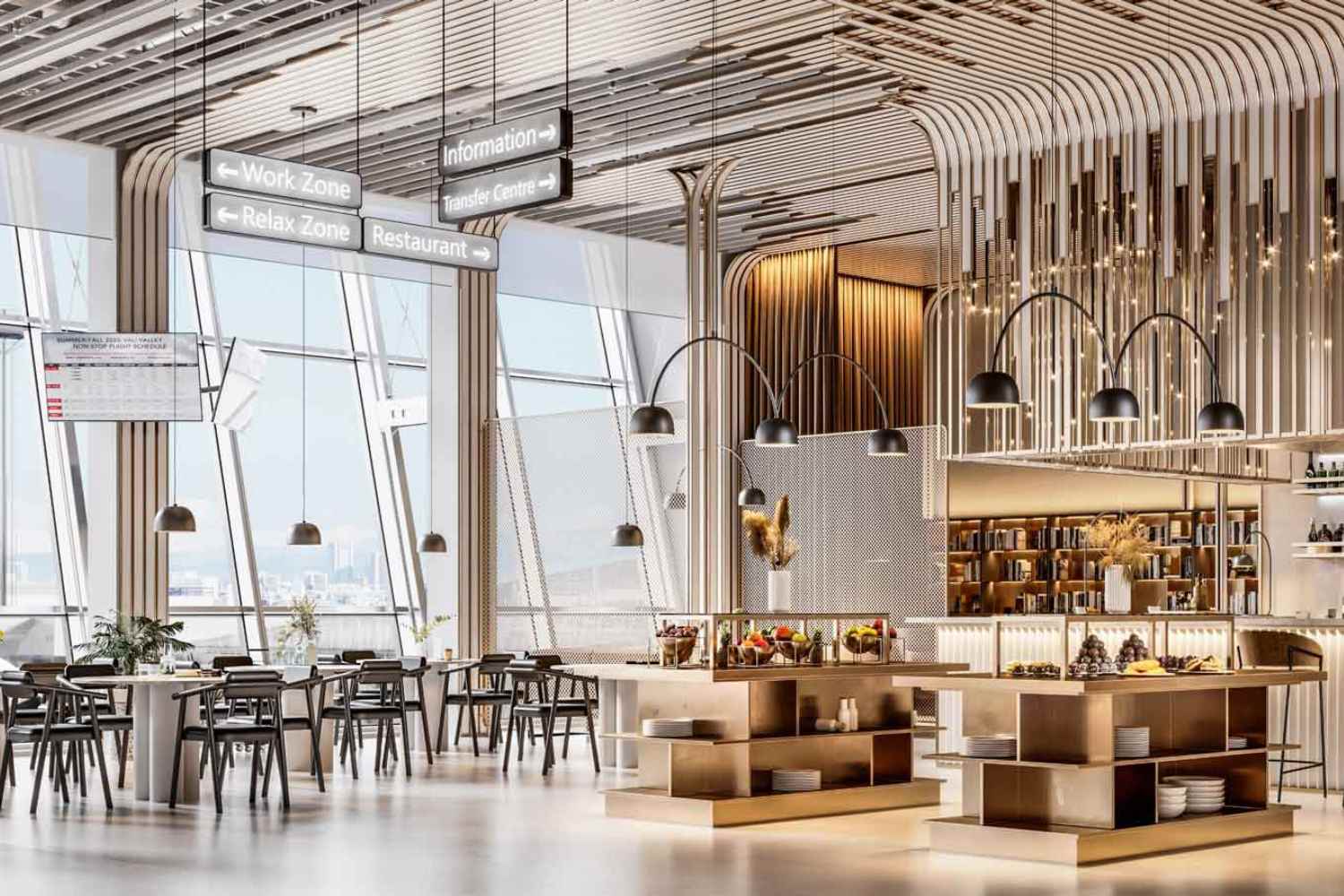When it comes to air travel, safety is a top priority for any passenger, but it’s especially important for those flying privately. Private jet flights are held to rigorous safety standards, with layers of security and maintenance protocols that often exceed those of commercial airlines. From highly trained pilots to stringent maintenance schedules, private jets offer a secure, comfortable environment where travelers can feel completely at ease. Here’s an in-depth look at what makes private jet travel exceptionally safe and the unique safety features and practices that distinguish it.
1. Rigorous Maintenance and Regular Safety Inspections
Private jets are subject to stringent maintenance standards and are frequently inspected to ensure optimal safety. Maintenance teams perform routine checks after each flight, examining everything from engine performance to avionics systems and cabin controls. These thorough inspections are in line with, and sometimes exceed, the safety requirements mandated by aviation regulatory authorities, such as the Federal Aviation Administration (FAA) in the United States and the European Union Aviation Safety Agency (EASA) in Europe.
Scheduled maintenance is conducted at regular intervals, often more frequently than on commercial aircraft. This preventative approach ensures that any minor issues are addressed long before they can affect the flight’s safety. Additionally, charter companies typically work with maintenance facilities that specialize in private jets, employing technicians with specific expertise in the aircraft model they service. This high level of attention to detail and specialization is a significant factor in making private jet flights secure.
2. Experienced and Highly Qualified Pilots
Pilots flying private jets are among the most experienced in the aviation industry. Many private jet pilots come from commercial or military backgrounds, bringing with them extensive flight hours and specialized skills. Private jet pilots must complete rigorous initial training and continuous education to stay current with safety standards and emergency protocols. This training often includes advanced simulator sessions, allowing pilots to practice responses to various flight scenarios and emergencies, ensuring they are well-prepared for any situation.
In addition to general qualifications, private jet pilots undergo recurrent training, sometimes up to twice a year, depending on the private jet operator’s safety protocols. These training programs are designed to sharpen pilots’ skills, test their knowledge of the latest safety regulations, and keep them updated on aircraft-specific procedures. This level of expertise and preparedness contributes significantly to the reliability and security of private jet travel.
3. Comprehensive Safety Protocols at Every Stage
The safety of private jet flights goes beyond the plane itself. Every aspect of the flight, from pre-flight checks to post-landing procedures, is guided by strict safety protocols. Before each flight, pilots and crew conduct a series of comprehensive checks on the aircraft’s systems, ensuring everything is in perfect working order. These checks include engine inspections, avionics tests, fuel level verifications, and cabin safety assessments, leaving no detail overlooked.
Private jet operators also implement meticulous safety protocols to protect passengers and crew on the ground. This includes secure boarding processes at private terminals, known as Fixed Base Operators (FBOs). FBOs offer controlled access, which means only authorized individuals can enter. This added layer of security not only enhances passenger safety but also provides a level of privacy unmatched in commercial travel.
4. Private Terminals and Enhanced Security Measures
One of the unique safety advantages of flying private is the ability to use exclusive terminals, or FBOs, which prioritize security and privacy. Private jet passengers avoid the busy, crowded main terminals and instead enter through FBOs, where security checks are discreet and efficient. FBOs are equipped with private lounges, VIP waiting areas, and controlled access points, making them safer and more comfortable for travelers.
The controlled environment at FBOs reduces the risk of security breaches, allowing passengers to board the aircraft without interacting with large groups. This secure setup is especially important for high-profile individuals or those handling confidential business matters. From the moment passengers arrive at the private terminal to the time they step onboard, every aspect of the process is designed to ensure a safe, seamless experience.
5. In-Flight Privacy and Controlled Cabin Environment
One of the defining features of private jet travel is the ability to control the cabin environment fully. Unlike commercial flights, where hundreds of passengers share the same cabin, private jet travelers can enjoy a secluded, private space. This exclusivity not only enhances the travel experience but also contributes to a more secure flight by eliminating interactions with strangers. With only trusted guests and crew on board, passengers can relax knowing that they have complete control over the flight environment.
Privacy is especially valued by business travelers and high-profile individuals who may need to conduct meetings, discuss sensitive information, or simply unwind without disruptions. The controlled cabin environment makes private jet travel a safe, discreet option for those who value confidentiality and privacy.
6. Advanced Safety Technology and Equipment
Many private jets are equipped with advanced safety technology that enhances in-flight security. This includes state-of-the-art avionics systems, weather radar, collision avoidance systems, and satellite-based navigation tools. Some larger jets also feature enhanced ground proximity warning systems (EGPWS) and traffic collision avoidance systems (TCAS), providing real-time alerts and automated responses to help pilots avoid obstacles.
Private jet operators often prioritize investing in the latest technology, upgrading aircraft with new safety features as they become available. By adopting cutting-edge technology, private jet operators ensure that each flight benefits from the highest level of situational awareness and in-flight control. This commitment to technological advancement contributes to the high safety standards associated with private jet travel.
7. Exclusive Insurance and Safety Audits
Another layer of security comes from the insurance and safety audits that reputable private jet charter companies undertake. Leading operators work with third-party safety auditors, such as ARGUS and Wyvern, to review their operational standards and compliance with safety protocols. These independent audits ensure that charter providers maintain best practices and meet the highest industry standards for safety.
Insurance policies for private jets also tend to be more comprehensive than those of commercial airlines. These policies cover a wide range of scenarios, including passenger safety and flight-specific risks, offering peace of mind for both the operator and the travelers. This commitment to safety audits and comprehensive insurance adds a final layer of protection, reassuring clients that they are flying with a responsible and safety-focused provider.
Private jet safety is upheld by a combination of rigorous maintenance, experienced pilots, cutting-edge technology, and exclusive protocols at every stage of the journey. From highly controlled private terminals to secure, private cabins, flying private offers a level of safety, security, and peace of mind that’s unmatched by commercial airlines. With advanced equipment, specialized staff, and robust safety audits, private jets provide not only luxury and comfort but also an exceptionally secure travel experience.

